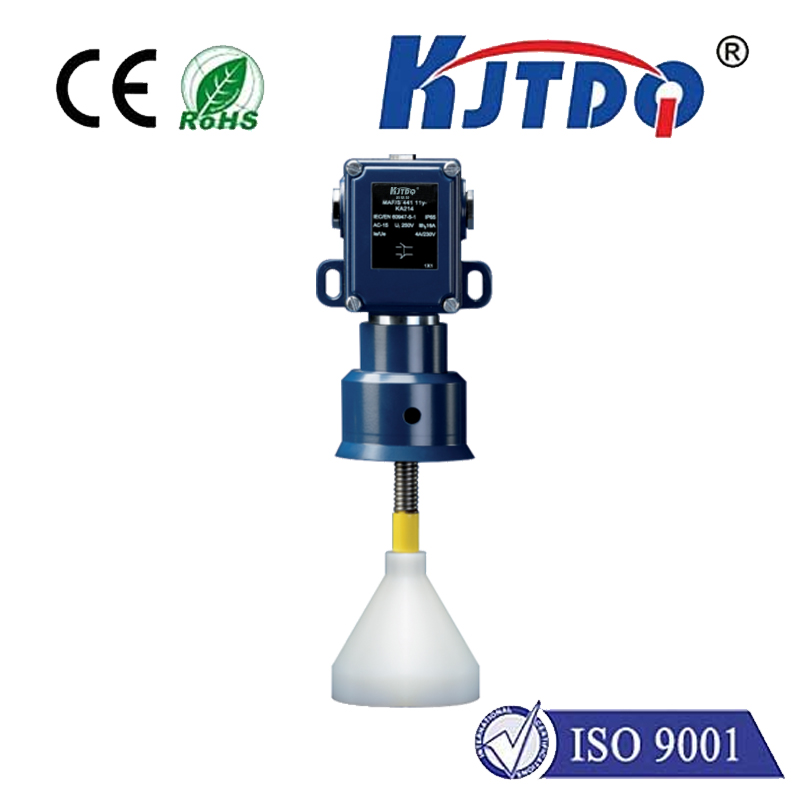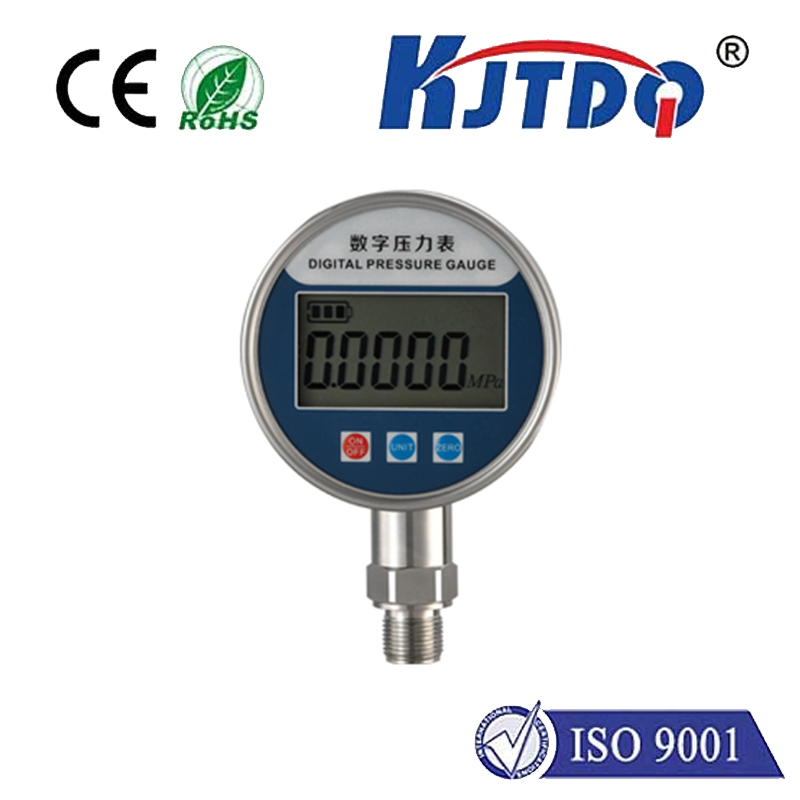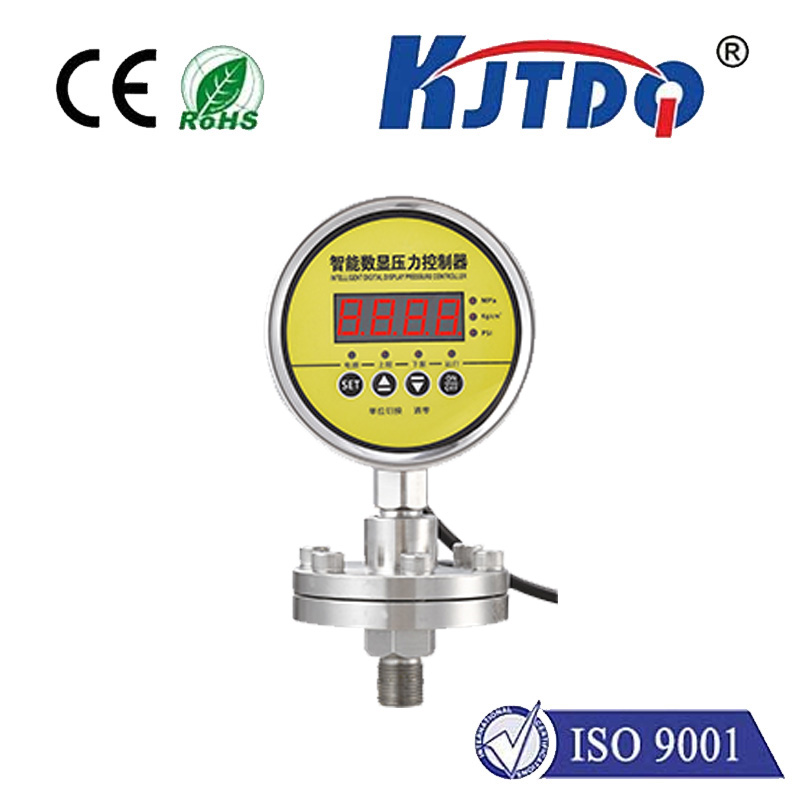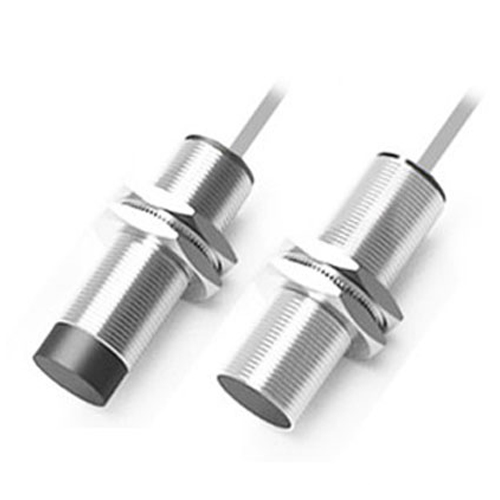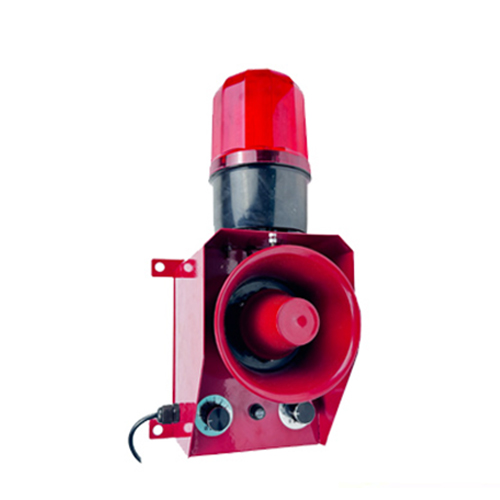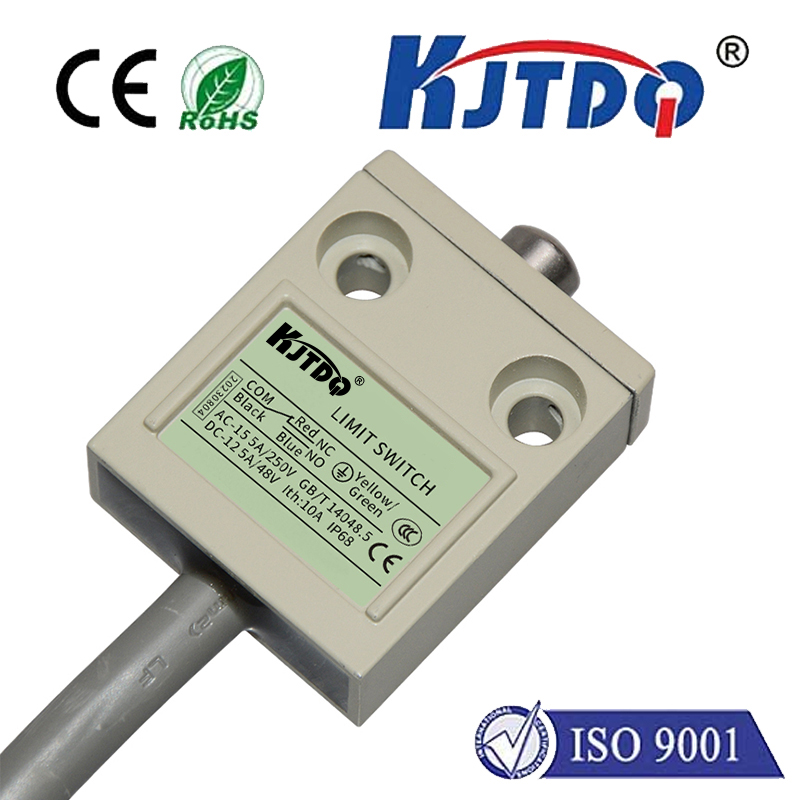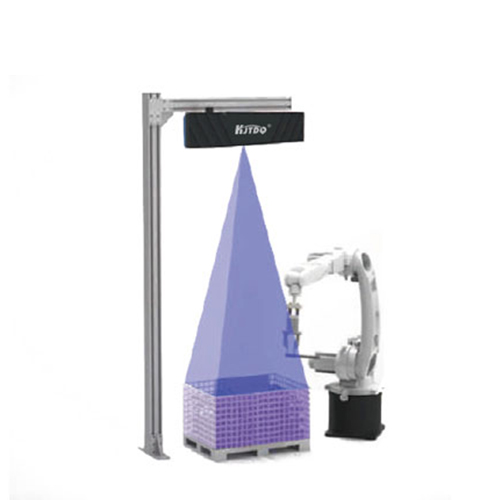Переключатель с плавающим пределом
- time:2025-08-03 01:20:52
- Нажмите:0
Float Limit Switch: The Unassuming Hero of Liquid Level Control
What is a Float Limit Switch and Why Does Your System Need One?
In the vast landscape of industrial automation, process control, and even everyday appliances, accurately monitoring liquid levels is paramount. Overflowing tanks lead to spills, waste, and safety hazards. Running pumps dry causes catastrophic damage. Enter the Переключатель с плавающим пределом – an elegantly simple, yet profoundly reliable solution that has stood the test of time. This unassuming device, leveraging the fundamental principle of buoyancy, acts as a critical mechanical sentinel, safeguarding equipment, optimizing processes, and ensuring operational continuity. Understanding how it works and where it excels is key to appreciating its indispensable role.
The Physics at Play: How a Float Limit Switch Operates
At its heart, a float limit switch is a combination of a buoyant float and an electrical switching mechanism. The core principle is beautifully straightforward:

- The Float: A sealed, hollow body (often spherical or cylindrical) crafted from materials resistant to the liquid it monitors – common choices include polypropylene, stainless steel, or PVDF. Its density is specifically designed to be less than the liquid, ensuring it rises and falls faithfully with the liquid level.
- The Lever Arm: The float is typically attached to a pivoting lever arm. As the float moves up or down with the liquid, it swings this arm.
- The Switch Mechanism: Mounted at the pivot point of the lever arm is the electrical switch component – commonly a snap-action microswitch or a mercury tilt switch (though mercury use is declining for environmental reasons). This switch contains electrical contacts that open or close depending on its physical orientation.
- The Activation: As the liquid level changes, the float’s position changes, rotating the lever arm. Once the liquid reaches a predetermined level, the lever arm moves far enough to physically actuate the switch. This instantaneously changes the state of the electrical contacts – typically opening or closing a circuit.
- The Signal: This change in the electrical circuit is the output signal. It can directly control a device (like turning a pump ON or OFF) or send a signal to a Programmable Logic Controller (PLC) or monitoring system for further action.
This direct mechanical linkage translates liquid level into an unambiguous electrical signal with remarkable reliability.
Where Float Limit Switches Shine: Key Applications
The robustness, simplicity, and affordability of float limit switches make them ideal for numerous demanding environments:
- Pump Control: Perhaps the most common application. Used in sump pumps, sewage pumps, and transfer pumps to prevent dry running (activating the pump when liquid reaches a high level, deactivating it at a low level) and prevent overflow (activating a discharge pump at a high-high level).
- Tank Level Monitoring: Providing high-level and low-level alarms in storage tanks for water, fuel, chemicals, or process fluids. Signaling when to start or stop filling operations.
- Boiler Control: Ensuring safe water levels to prevent boiler damage from low water conditions and overflow from high water conditions.
- Liquid Separation: Monitoring interfaces between immiscible liquids (like oil and water) in separators.
- HVAC Systems: Controlling condensate levels in drain pans to prevent overflow and water damage.
- Appliances: Found in washing machines, dishwashers, and coffee makers to control fill levels.
- Reservoirs and Wells: Monitoring water levels for municipal supply or irrigation systems.
The Undeniable Advantages: Why Choose a Float Switch?
While sophisticated electronic level sensors exist (ultrasonic, capacitive, radar), float limit switches hold their ground firmly due to compelling benefits:
- Simple & Robust Design: Few moving parts translate to inherent reliability and longevity. They are mechanically straightforward and easy to understand.
- Direct Level Sensing: They provide a clear, unambiguous signal at a specific point – no complex calculations or calibration drift inherent to some analog sensors.
- Эффективность затрат: Generally one of the most economical solutions for point level detection.
- No Power Required (For Switching): The switching mechanism is purely mechanical. The float switch itself doesn’t require power to operate; external power is only needed to energize the circuit it controls. Some models feature hermetically sealed contacts for intrinsic safety.
- Fail-Safe Operation (Configurable): Depending on installation and contact configuration, they can be designed as Открыть or normally closed, allowing for fail-safe design (e.g., an alarm circuit designed to activate on loss of signal or switch failure).
- Resistant to Common Issues: Less affected by foam, splashing, vapors, turbulence, or changes in liquid conductivity or dielectric constant compared to some electronic sensors. Properly selected materials offer excellent chemical resistance.
- Zero-Power Consumption Sensing: The buoyancy principle requires no external energy source to detect the level change itself.
Installation and Selection Considerations
Maximizing the performance and lifespan of a float limit switch requires careful consideration:
- Liquid Compatibility: Crucially, the float material must be compatible with the liquid it’s immersed in to prevent corrosion, swelling, or degradation. Chemical resistance charts are essential references.
- Temperature & Pressure: Ensure the switch components can withstand the operating temperature and pressure of the vessel or tank.
- Specific Gravity: The float must be buoyant in the specific liquid. Liquids with lower density (lower specific gravity) may require larger or specially designed floats.
- Mounting Orientation: Float switches are typically designed for vertical or near-vertical mounting. Correct installation angle is critical for accurate level detection and switch actuation. Mounting brackets or threaded fittings are common.
- Switch Configuration: Select Normally Open (NO) or Normally Closed (NC) contacts based on the desired control logic (e.g., pump turns ON when circuit closes, or alarm activates when circuit opens).
- Electrical Ratings: Ensure the switch contacts can handle the voltage and current (amperage) of the load they are controlling (e.g., pump motor starter coil, PLC input, alarm light). Never exceed the switch’s electrical ratings.
- Viscosity & Fouling: Thick, viscous liquids or liquids prone to scaling/sludge buildup can impede float movement or coat the float/lever arm. Rod-style floats or special cleaning features might be needed in such harsh environments.
Выводы
In a world increasingly driven by complex electronics and digital networks, the float limit switch stands as a testament to the power of simple, elegant mechanical engineering. Its ability to provide reliable, unambiguous, and cost-effective point level detection ensures it remains a cornerstone technology across countless industries. From preventing basement floods to safeguarding massive industrial boilers, the buoyancy-activated switch silently performs its vital duty. When precise, dependable liquid level control at a specific point is required, the float limit switch, leveraging physics to do the heavy lifting, is often the most practical and trusted solution. Its simplicity is its strength, making it an unassuming yet indispensable hero in the world of process control.



